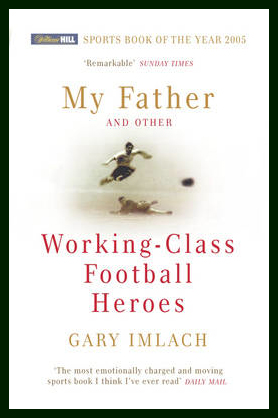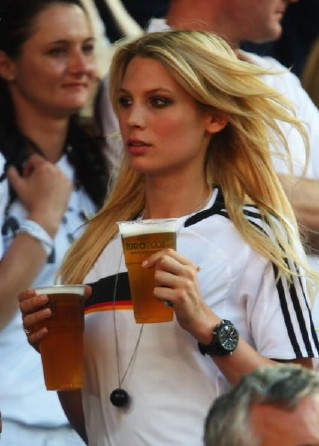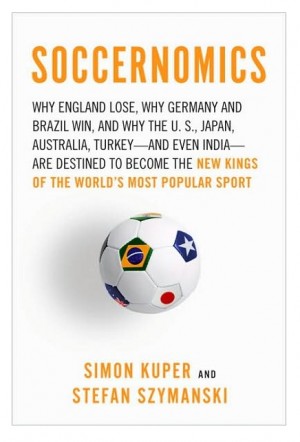 Seeing as part of the CultFootball family is currently enveloped in all things Korean, it seems as good a time as any to work up a little overview of the mother country’s most important players overseas (especially considering the conversation about the Reds that just happened over roast gui). Let’s break it down, list style:
Seeing as part of the CultFootball family is currently enveloped in all things Korean, it seems as good a time as any to work up a little overview of the mother country’s most important players overseas (especially considering the conversation about the Reds that just happened over roast gui). Let’s break it down, list style:
Son Heung-Min Hamburger SV – An 18 yr old striker who has earned the affectionate nickname “The Korean Müller” for a rash of goals in the Bundesliga preseason before he picked up an injury that sat him out for a few months. On his first game back this season he scored against Koln, making him the youngest goalscorer in Bundesliga history.
Cha Du-Ri Celtic – The 30 yr old is well traveled, having been born in Germany then playing for Bayer Leverkusen, Eintract Frankfurt, and a couple others before landing at Celtic this year. He started his career as a winger, but shifted to a right back midway through his career. He sees limited time in Glasgow but with his experience he is an excellent option in a pinch.
Kim Nam-il Tom Tomsk – At 33 years the defensive midfielder is invaluable to the Russian side, breaking up opposing attacking play and distributing calmly to start the offense. He was well known in Korea during the 2002 World Cup, where he managed to earn hordes of female followers for being a sexy bad boy. He’s generally outspoken and doesn’t seem to give a damn about the Confucian backbone of Korean culture, speaking to elders as if they were his equals…the maniac!
Park Ji-Sung Manchester United – Undoubtedly the best-known Korean playing anywhere in the world, the 29 yr old winger is a mainstay of Sir Alex’s side, and he’s been key in United maintaining top marks this season. United picked him from PSV Eindhoven where he’d scored 13 goals in 60-odd games. He’s quick, plays with intelligence, and along with Giggs and Scholes has become one of the old men of United, brought out when the team needs an injection of experienced quality. We could go on for some time on this one, but you probably come in knowing enough about him already.


 Following on the heels of our look at German midfielder Bastian Schweinsteiger, we present you his “discovered on the street” model girlfriend Sarah Brander.
Following on the heels of our look at German midfielder Bastian Schweinsteiger, we present you his “discovered on the street” model girlfriend Sarah Brander. Bastian Schweinsteiger, whose name we take to mean bountiful pig sticker, is an oft overlooked member of Bayern Munich and the German national team. Far from irrelevant, he’s the engine that drives forward Munich and Die Mannschaft both. He has the strength and stamina of a Michael Essien, and the drive to goal of a player like Gerrard, all while being mostly deployed on a wing. He’s a tenacious and intelligent defender, and a creative force in attack, and while he doesn’t score loads of goals, the finishing movement often begins with a smarty picked pass from the man.
Bastian Schweinsteiger, whose name we take to mean bountiful pig sticker, is an oft overlooked member of Bayern Munich and the German national team. Far from irrelevant, he’s the engine that drives forward Munich and Die Mannschaft both. He has the strength and stamina of a Michael Essien, and the drive to goal of a player like Gerrard, all while being mostly deployed on a wing. He’s a tenacious and intelligent defender, and a creative force in attack, and while he doesn’t score loads of goals, the finishing movement often begins with a smarty picked pass from the man.
 Unless you’ve been following Santos—maybe on the trail of Robinho—you may have so far missed the next great midfield prospect in global footbal: Paulo Henrique aka “Ganso”. He’s on many a team’s radar and there are bound to be
Unless you’ve been following Santos—maybe on the trail of Robinho—you may have so far missed the next great midfield prospect in global footbal: Paulo Henrique aka “Ganso”. He’s on many a team’s radar and there are bound to be